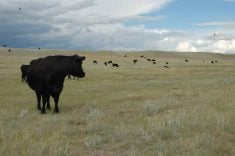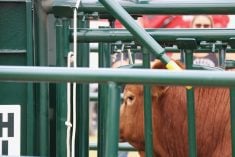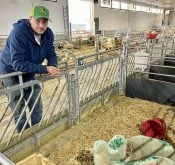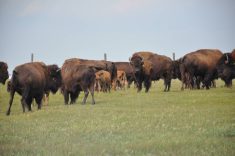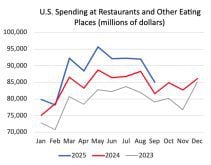RED DEER – The jury is still out on the use of dairy growth hormone in Canada, but for thousands of American producers bovine somatotropin is a godsend.
Glowing testimonials of milk output increasing by 10 to 15 pounds a day per cow, improved immune systems and lower cull rates were all debated at the western Canadian dairy seminar held March 16.
Scientists, an economist and an American farmer were invited to Red Deer to tell their Canadian counterparts about the pros and cons of the product.
BST is marketed under the trade name Posilac by Monsanto. American farm use of the product was approved in 1994 after the Food and Drug Administration ruled it didn’t pose a danger to human health.
Read Also
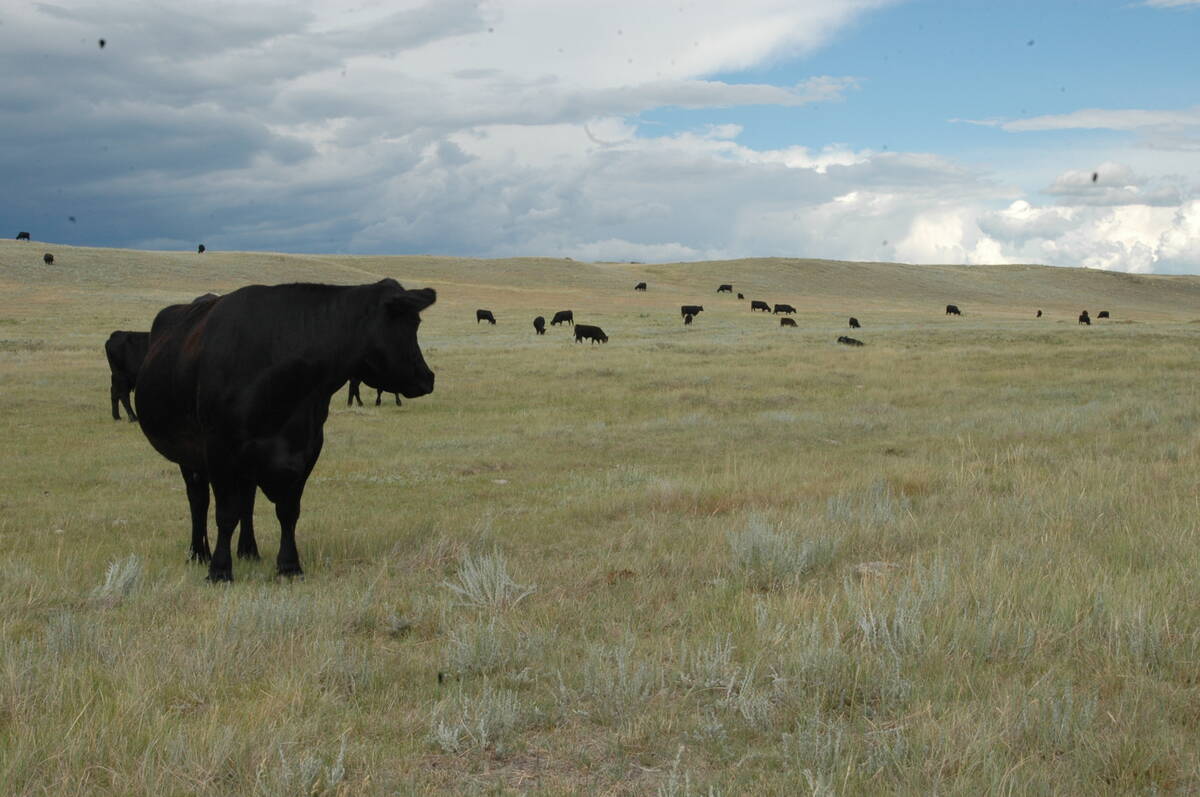
Canadian Food Inspection Agency slammed for handling of bovine tuberculosis case
The federal government leans heavily on producers to “take one for the team” and risk their livelihoods without any reassurance of support.
It’s estimated about 14,500 dairy producers are using Posilac in the United States.
Canada is still monitoring the product’s effects on cows and people, as well as its performance.
Canada prefers its own research rather than relying on information from the United States where different regulations and markets exist. Europe has a moratorium on BST but will soon allow limited testing to carry on with the milk from the test herds going into the marketplace, said Winston Samuels of Monsanto.
John Kennelly, dairy specialist from the University of Alberta, said researchers have known about the growth hormone since 1930. It’s produced in the pituitary gland and is delivered through a protein called IGF-1 that stimulates milk production.
BST is a naturally occurring hormone that has always been present in cow’s milk. It is rendered inactive by human digestion where it’s broken down into amino acids, said Samuels.
To make it commercially viable the hormone has been massed produced using bioengineering techniques.
Cows receive 1.4 ml of Posilac by injection every 14 days. Each dose is pre-packaged.
Within 72 hours milk production increases of an additional one to six kg are noticed, making average cows exceptional, said Samuels.
Management is the key
The key to making it work is meticulous management where cows must get a large diet of top- quality forage.
“The response depends on the level of management,” said Samuels.
Dairy producers at the seminar questioned whether the improved management necessary to make a BST program work is being underplayed. The panelists agreed management does play a large part.
“Producers who are looking for a magic bullet should not use BST. They should get their management in place first,” said Samuels.
Effect of hormone
With BST an average cow may have a lactation period of almost 1,000 days producing 60 pounds of milk a day without being rebred. If she has aborted or is open, the injections can keep her productive when she may otherwise have been pulled from the herd, they said.
Veterinarian Gordon Jones tends 45 herds in Wisconsin where his experiences confirm a well-managed nutrition program and attention to herd health make BST work best.
“There is no magic in this game. It’s things you’re already doing in your herd,” he said.
Cows getting the hormone still become infected with mastitis but his experience shows the condition is shortened in BST-treated cows. Somatic cell count does not appear to go up with BST use throughout the lactation period.
Concerns that BST cows burn out faster because of stepped-up milk production is a misconception, he said. Poor housing and low quality feed are more likely the culprits.
Agriculture economist Scott Jeffery of the U of A said overall benefits of higher milk production from BST could likely be capitalized into milk quota values. Canadian cost of production would likely go down overall so milk prices could go down, he said.



